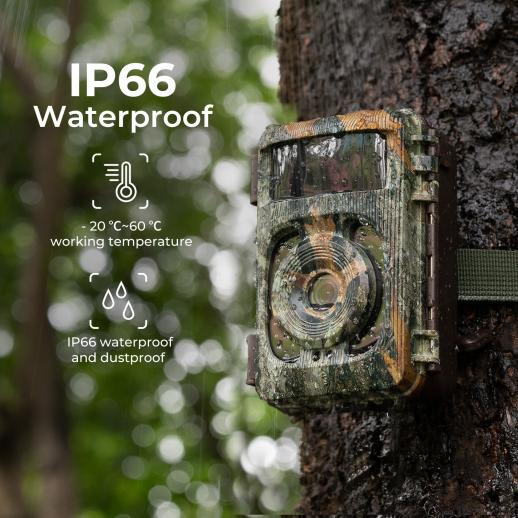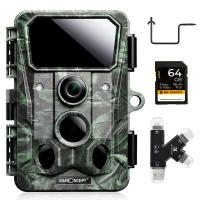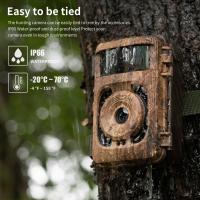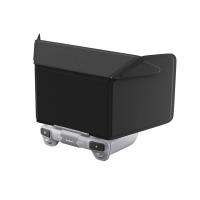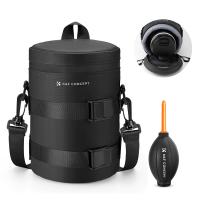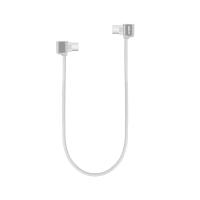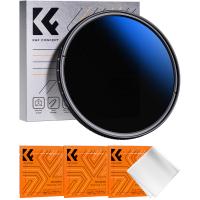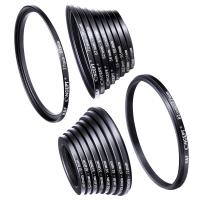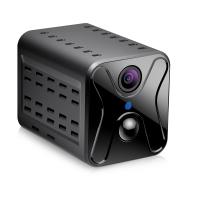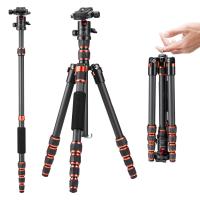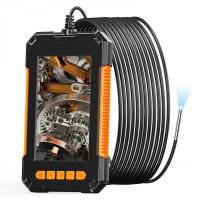Wildlife Innovation Trail Cameras
- 00 days
- :
- 04 hours
- :
- 36 min
- :
- 10 sec
- * KF35.133 =KF35.127S1=KF35.127V1+KF28.0011*2+KF42.0013 Loop recording ensures continuous monitoring:With loop recording, the camera will automatically overwrite the oldest footage when the memory card is full, ensuring that the camera can continue to monitor wildlife without interruption.
- * Easy to control with APP:The camera can be controlled remotely through the APP, making it easy to adjust settings and view footage without disturbing the wildlife.
- * Multiple attachment methods for flexible installation:The camera can be attached to trees or other objects using the included strap and tree nail bracket, allowing for flexible installation in a variety of locations.
- * Wide operating temperature range for all-weather use:With an operating temperature range of -20 - 60°C, this camera can be used in a variety of weather conditions, making it ideal for outdoor use.
- * High-resolution photos for clear images:With a photo resolution of 12M:4608x2592, this camera can capture high-quality images of wildlife, providing clear and detailed footage for analysis and observation.
2. Get Free Gift Over $100 - 64G SD Card (on the checkout page)
Trail cameras are innovative devices used to capture images and videos of wildlife in their natural habitats. These cameras are designed to be durable and weather-resistant, making them ideal for outdoor use. They are equipped with motion sensors that trigger the camera to take photos or videos when an animal passes by. The images and videos captured by trail cameras provide valuable insights into the behavior and movements of wildlife, which can be used for research and conservation purposes.
In recent years, there have been significant advancements in trail camera technology, including higher resolution cameras, longer battery life, and wireless connectivity. These innovations have made it easier for researchers and wildlife enthusiasts to monitor and study wildlife populations. Additionally, trail cameras have become popular among hunters as a tool for scouting game and tracking animal movements.
Overall, trail cameras have revolutionized the way we study and appreciate wildlife. They provide a non-invasive way to observe animals in their natural habitats and have become an essential tool for wildlife research and conservation efforts.
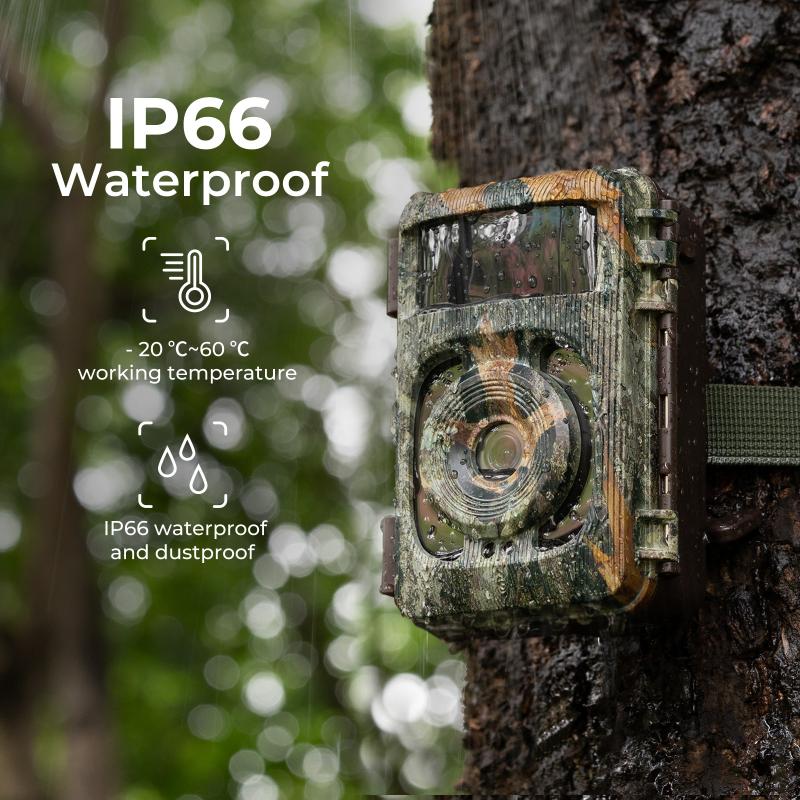
Maintenance:
1. Regularly clean the camera lens: Wildlife innovation trail cameras are often used in harsh outdoor environments, which can lead to dirt, dust, and debris accumulating on the lens. Regularly cleaning the lens with a soft cloth or lens cleaning solution can help ensure clear and crisp images.
2. Check the battery life: It is important to regularly check the battery life of the camera to ensure that it is functioning properly. Wildlife innovation trail cameras often have long battery lives, but it is still important to check and replace the batteries as needed.
3. Protect the camera from the elements: Wildlife innovation trail cameras are designed to withstand harsh outdoor environments, but it is still important to protect the camera from extreme weather conditions. Using a protective case or cover can help prevent damage from rain, snow, and other elements.
4. Update the firmware: Manufacturers often release firmware updates for their cameras, which can improve performance and fix bugs. It is important to regularly check for and install firmware updates to ensure that the camera is functioning at its best.
5. Service the camera regularly: Regular servicing of the camera can help prevent issues from arising and ensure that the camera is functioning properly. This can include cleaning the camera, checking for any damage or wear and tear, and replacing any parts as needed.
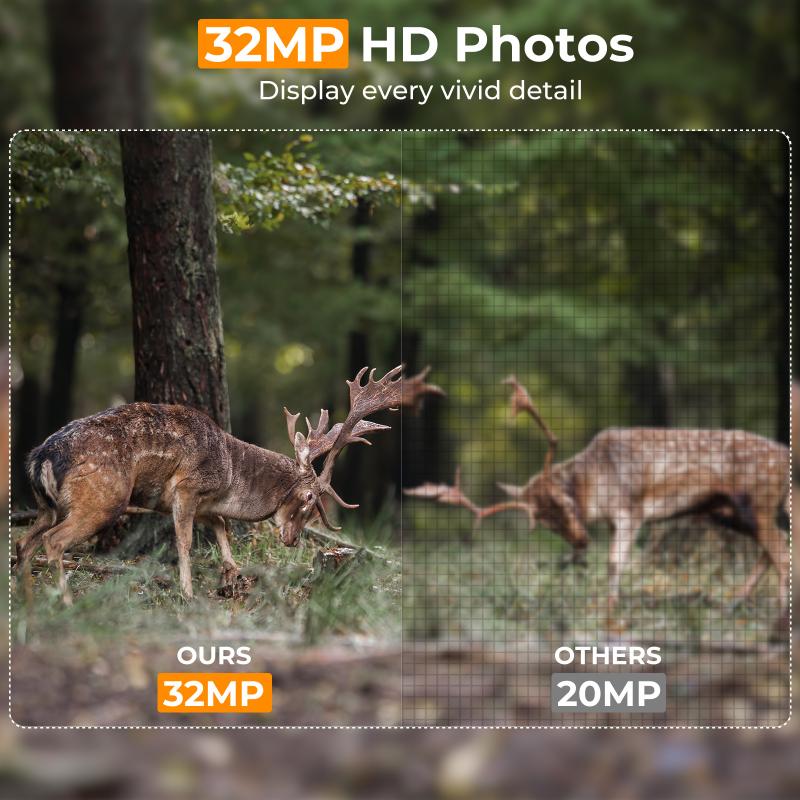
Related technologies:
1. High-resolution image sensors: The latest wildlife innovation trail cameras are equipped with high-resolution image sensors that capture clear and detailed images of animals in their natural habitat. These sensors can capture images with resolutions of up to 20 megapixels, allowing for detailed analysis of animal behavior and movement.
2. Wireless connectivity: Many of the latest trail cameras come with built-in wireless connectivity, allowing users to remotely access and control the camera from their smartphone or tablet. This feature enables users to monitor animal activity in real-time and receive alerts when animals are detected.
3. Advanced motion detection: Advanced motion detection technology is another key feature of the latest trail cameras. These cameras use sophisticated algorithms to detect animal movement and trigger the camera to capture images or video. This technology reduces false alarms and ensures that users capture only relevant footage.
4. Long battery life: The latest trail cameras are designed to operate for extended periods without the need for frequent battery changes. Some cameras can operate for up to six months on a single set of batteries, making them ideal for long-term wildlife monitoring projects.
5. Durability and weather resistance: Wildlife innovation trail cameras are designed to withstand harsh outdoor conditions and extreme temperatures. They are built with rugged materials and are weather-resistant, ensuring that they can operate reliably in any environment.
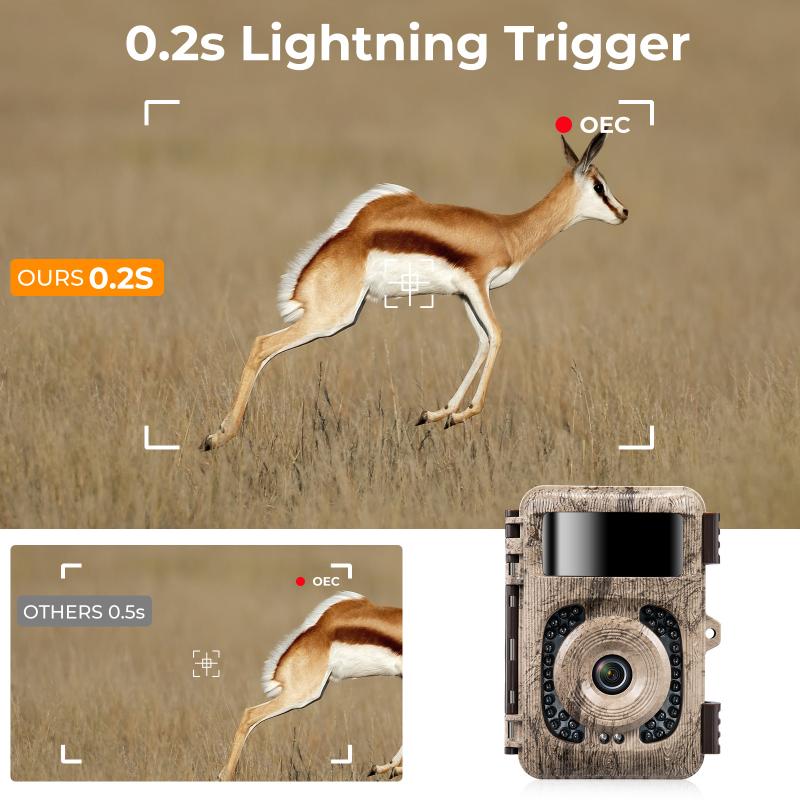
Related accessories:
1. Camouflage Camera Straps: When it comes to wildlife photography, it's important to blend in with the surroundings to avoid scaring off the animals. Camouflage camera straps can help you achieve this by making your camera less noticeable. These straps are designed to match the colors and patterns of the environment, making it easier for you to capture stunning wildlife shots without disturbing the animals.
2. Solar-Powered Battery Packs: Wildlife photography often involves long hours of waiting and watching, which can quickly drain your camera's battery. A solar-powered battery pack can help you keep your camera charged and ready to go, even in remote locations. These battery packs use solar panels to convert sunlight into energy, allowing you to keep your camera running for longer periods of time.
3. Weatherproof Camera Cases: Wildlife photography often involves exposure to harsh weather conditions, such as rain, snow, and extreme temperatures. A weatherproof camera case can help protect your camera from these elements, ensuring that it stays safe and functional. These cases are designed to be waterproof, dustproof, and shockproof, making them ideal for outdoor photography.
4. Telephoto Lens: Wildlife photography often requires you to capture images from a distance, as getting too close to the animals can be dangerous and disruptive. A telephoto lens can help you achieve this by allowing you to zoom in on your subject from a safe distance. These lenses are designed to magnify distant objects, making them ideal for capturing wildlife shots from afar.

Product Advantages:
1. Capturing Wildlife Behavior: Wildlife innovation trail cameras are designed to capture the behavior of animals in their natural habitat. These cameras are equipped with motion sensors that trigger the camera to take pictures or record videos when an animal passes by. This allows researchers and wildlife enthusiasts to study animal behavior without disturbing them.
2. Remote Monitoring: Wildlife innovation trail cameras can be remotely monitored, which means that researchers and wildlife enthusiasts can view the images and videos captured by the camera from a remote location. This is particularly useful in areas that are difficult to access or dangerous to humans.
3. High-Quality Images: Wildlife innovation trail cameras are designed to capture high-quality images and videos. These cameras are equipped with high-resolution sensors that capture clear and detailed images even in low light conditions.
4. Long Battery Life: Wildlife innovation trail cameras are designed to have a long battery life. This is important because these cameras are often placed in remote locations where it is difficult to access them for battery replacement.
5. Weatherproof: Wildlife innovation trail cameras are designed to be weatherproof, which means that they can withstand harsh weather conditions such as rain, snow, and extreme temperatures. This is important because these cameras are often placed in outdoor environments where they are exposed to the elements.
6. Easy to Use: Wildlife innovation trail cameras are designed to be easy to use. These cameras are often used by researchers and wildlife enthusiasts who may not have a lot of technical expertise. The cameras are designed to be user-friendly and intuitive, with simple controls and menus.

Product parameters:
Net weight : 727g
Acceptance method : APP
Loop recording : Support
Photo resolution : 12M:4608x2592
3-Pod Interface : 1/4" standard interface
Trigger photo speed : 0.2 seconds
Operating temperature : -20 - 60°C
Attachment methods : Strap + tree nail bracket
Monitoring period setting : 0-24 hours
Lens : f=4.0mm F/NO=2.0 FOV=90°
- All Reviews
- Image

